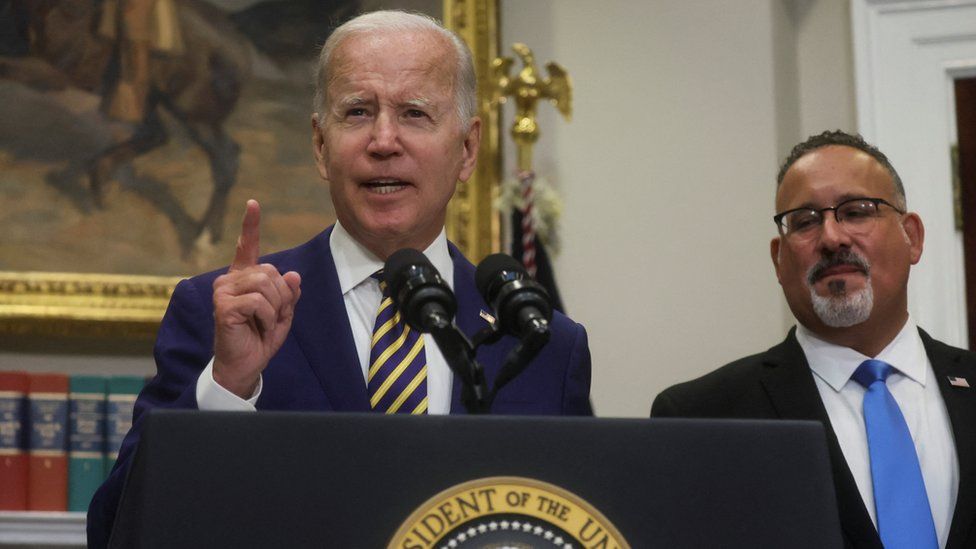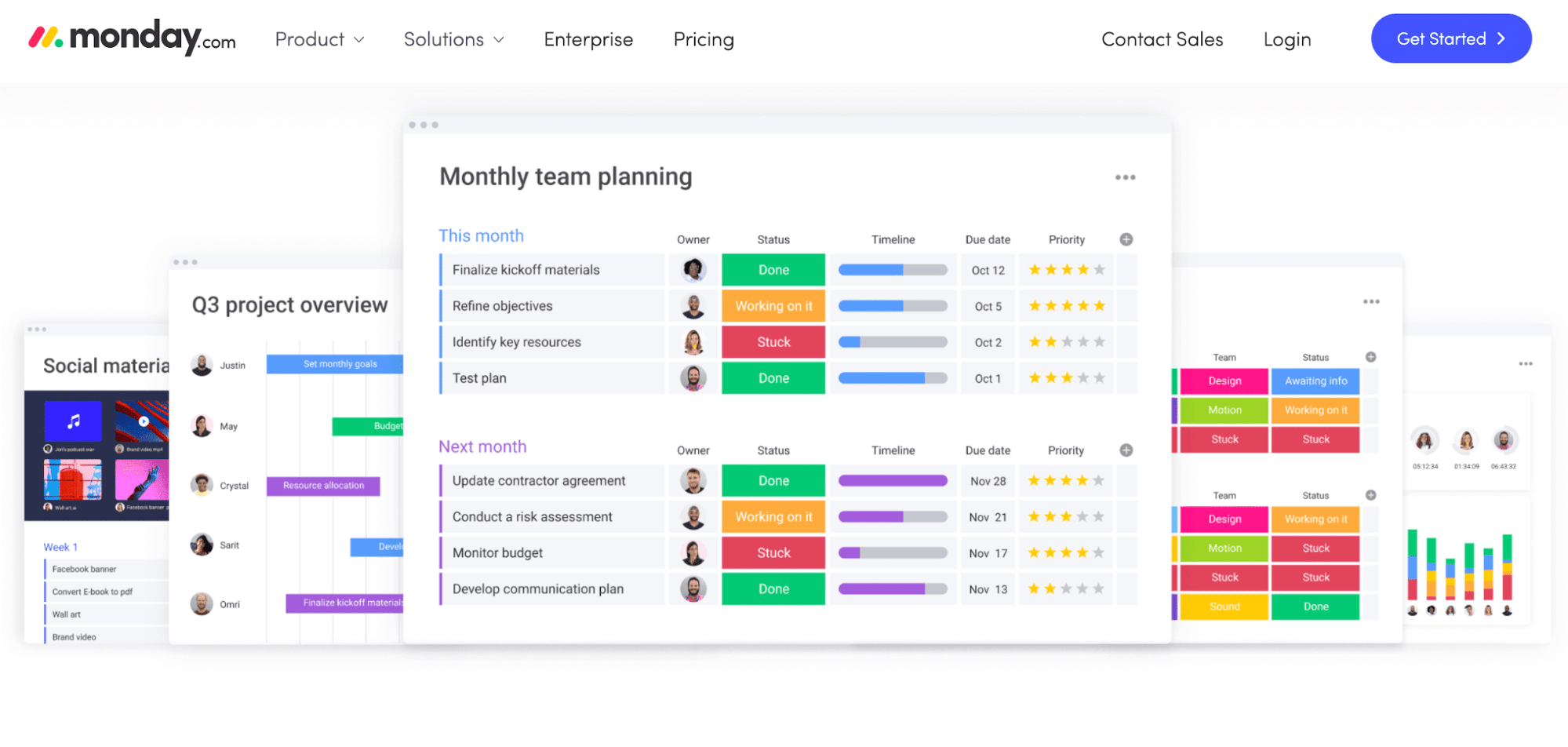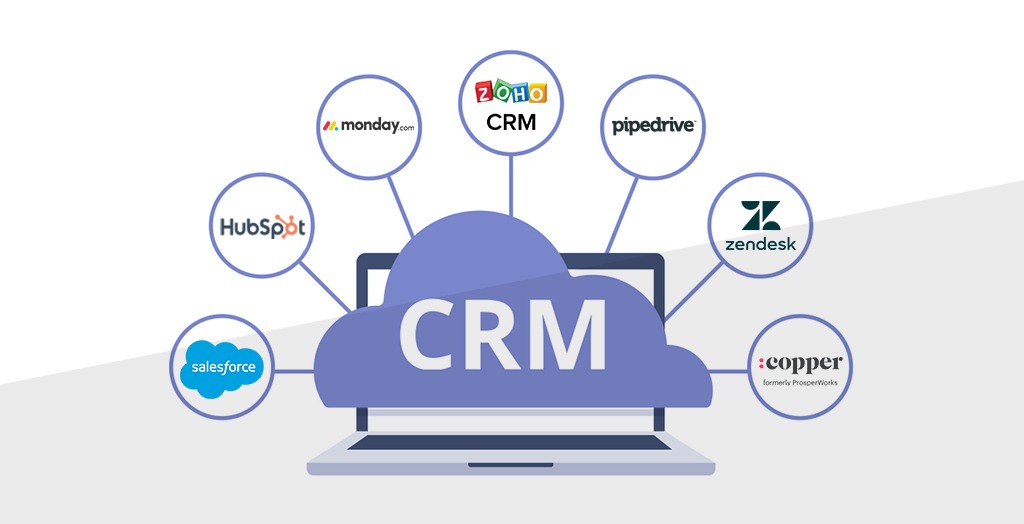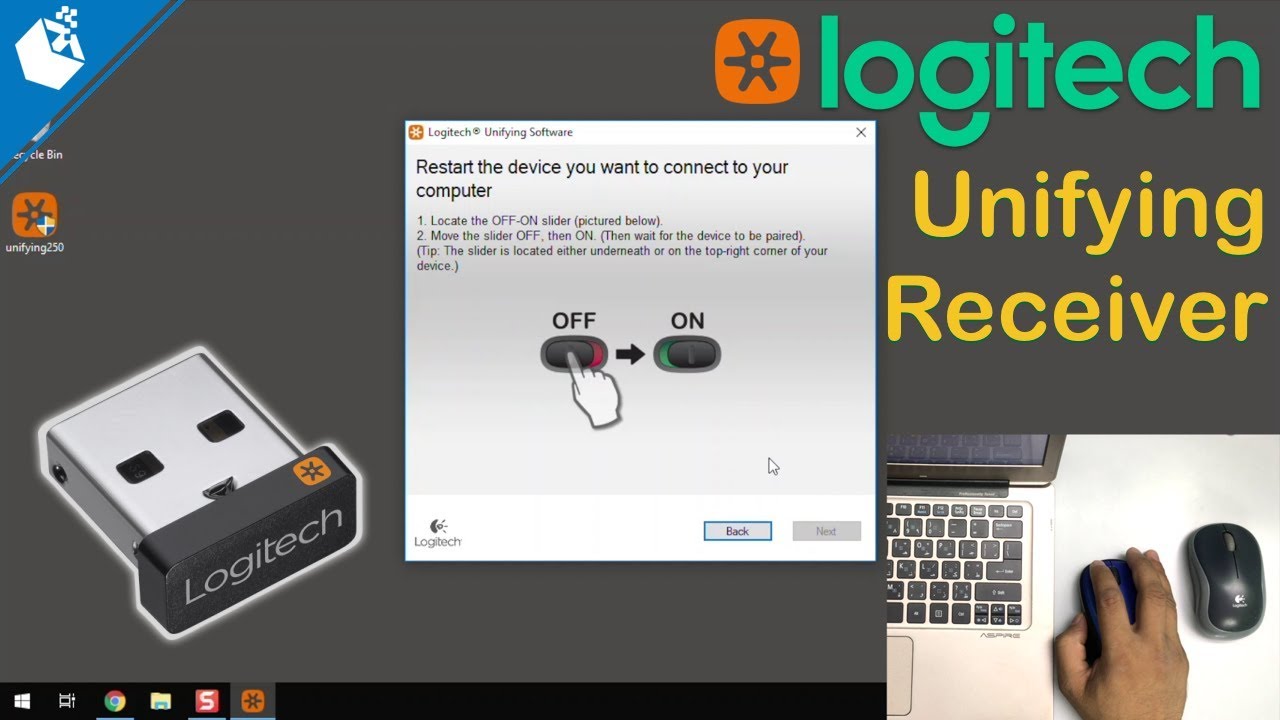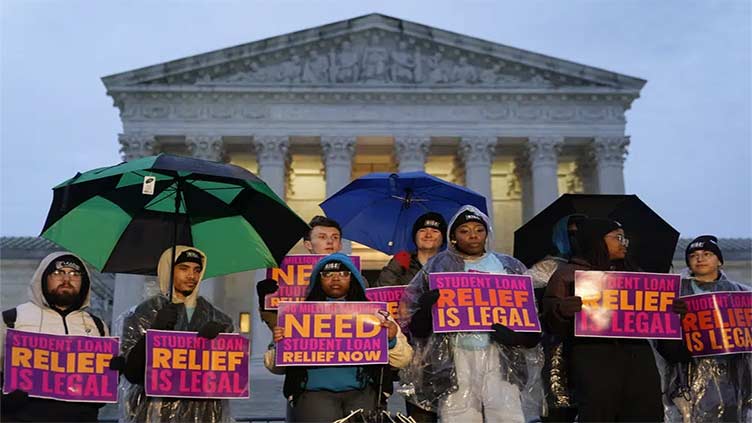Many Americans are overburdened by student loan debt as school expenses keep rising. In light of this mounting concern, President Joe Biden has made multiple attempts to address the issue of student loan debt. We will look closely at the details of Biden’s proposed student loan forgiveness program and any possible consequences for borrowers in this lengthy essay. Let’s explore the reasoning and potential practical ramifications of these plans and the intended alleviation these initiatives aim to provide. This article is about biden student loans.
A Positive Road Map for Advancement
1.1 The Present Debt Crisis of Student Loans
There is no denying a serious student loan debt crisis in the US. The Federal Reserve estimates that over 43 million borrowers in America are affected by the nation’s $1.7 trillion in outstanding student loan debt. As a result of the debt load’s detrimental effects on people’s ability to advance financially, workable remedies must be found.
Biden’s Assured Approach to Addressing the Problem
Throughout his campaign, President Biden committed to solving the student loan crisis and reducing the burden on American borrowers. His next suggestions lay out a plan for substantial student loan relief. Let’s examine the main components of his strategy.
A Various Perspectives on Student Loan Forgiveness
2.1 Public Service Loan Forgiveness (PSLF) Expansion Aimed Towards Public Service Workers
Advantages of Expanding PSLF
+ Public service personnel receive forgiveness after ten years of payments; + More employment categories, such as educators, nurses, and firefighters, are now eligible; + Simplified certification and application procedures.
Improvements to Income-Driven Repayment Plans
Revisions to the Pay As You Earn (PAYE) and Pay As You Earn (REPAYE) Plans that have been implemented
Improvements to the PAYE and REPAYE, with Key Points Included:
– An increase in the loan term from 20 to 25 years.
– The cancellation of any tax obligations arising from loan amounts forgiven.
Development of a New Borrower Repayment Plan
Launch of an Enhanced Income-Driven Repayment Scheme:
– Offers reduced monthly payments by income levels.
– Places a maximum limit of 5% on disposable income.
– Offers loan cancellation following 20 years of payments.
Low-Income Borrowers’ Targeted Loan Forgiveness
Targeted Aid to People with Low Incomes:
– Repayment of federal student loans for undergraduate studies for borrowers with incomes below a specific threshold.
– An easier application procedure.
> “By concentrating on low-income borrowers, we can guarantee that the most vulnerable get the assistance they are due. This focused strategy aims to establish a more equal educational system.” – President Biden.
A Future Investment Over Time
The Contagious Impact of Pardoning:
+ Potential for higher credit ratings and financial stability, allowing continued economic growth. + Affordability of housing and enhanced entrepreneurial options for young Americans. + enhanced consumer spending and economic activity as borrowers enjoy debt relief.
Student Loan Intersectionality Debt:
Systemic injustices have a disproportionately negative impact on communities of colour. They are reducing the racial wealth gap by helping marginalized communities and increasing access to higher education for those from underprivileged backgrounds.
> “Student loan forgiveness has the power to improve society overall and change the lives of those burdened by debt. It’s an investment in our future as a group.” – President Biden.
In conclusion, a route to alleviation
After a thorough analysis, it is evident that millions of struggling borrowers have hope and relief from Biden’s ideas for student loan forgiveness. President Biden seeks to address the student loan debt crisis by extending initiatives like Public Service Loan Forgiveness, improving income-driven repayment arrangements, and focusing aid on low-income people. Better access to education demonstrates the long-term worth of these measures, decreasing racial disparities and economic gains. It is now up to us all to back these ideas and enable assistance for those in need. Together, let’s advance toward a more promising and just future.
